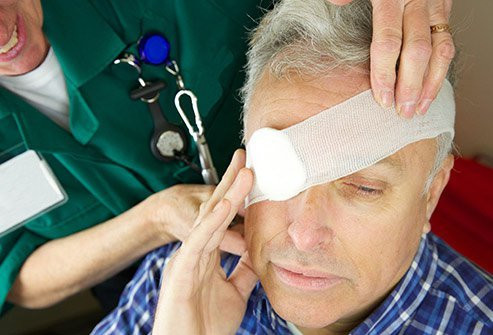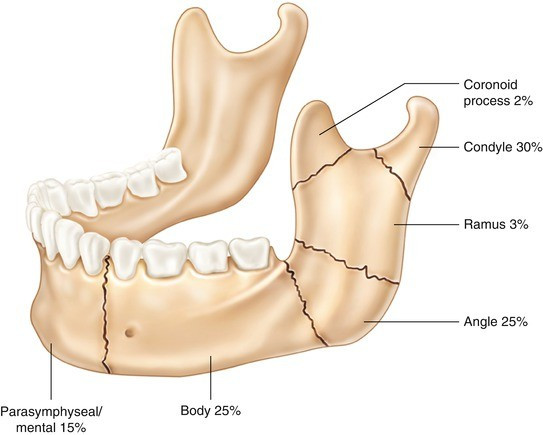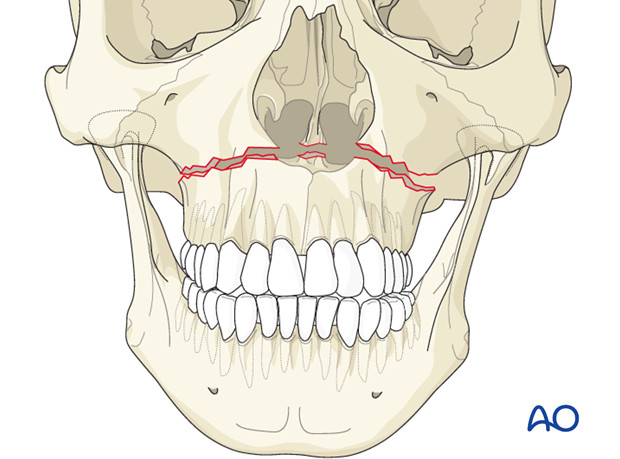Definition
Genital trauma refers to injuries sustained by the male or female reproductive organs, particularly those located externally. Injuries to the perineum, which safeguard the pelvic floor muscles, also fall under this category. In males, genital trauma commonly affects the testicles, scrotum, and penis. Severe cases often arise in combat scenarios, typically involving ground explosive materials.
Injuries to the genital area can result in severe pain and significant bleeding, impacting the reproductive organs, bladder, and urethra—the tube responsible for expelling urine from the body. Damage incurred may be temporary or permanent.
Causes
Genital Trauma in Females
Genital trauma isn't exclusive to males but also affects adult females and young girls. In females, such trauma can result from instances like rape or sexual abuse, including the insertion of foreign objects into the vagina. Young girls, typically under age 4, might engage in body exploration, which is a natural part of development.
Various objects, such as toilet paper, crayons, pearls, pins, or buttons, can cause injury to the genitals. It's crucial to inquire how such objects ended up inside a child's genitals.
Moreover, forms of genital trauma in females encompass practices like female genital mutilation, such as clitoral circumcision observed in certain cultures, and injuries sustained during childbirth.
Genital Trauma in Males
As for males and young boys, genital trauma commonly occurs due to:
- Genitals getting caught in zippers is a frequent occurrence, particularly among children. These injuries typically heal quickly without severe consequences.
- Penile fractures, often resulting from the penis being forcefully bent during sexual activity, sometimes accompanied by urethral injuries.
- Genital amputation may occur in accidents involving machinery.
- Entrapment of genitals in penile rings used for enhancing erections, potentially leading to permanent damage.
- Bites from animals or humans, though rare, can also cause urethral injuries
Other mechanisms contributing to genital trauma comprise:
- Accidents during defecation, such as instances where the toilet seat falls.
- Involvement in motor vehicle accidents.
- Injuries sustained during sports activities.
- Burns to the genital area.
- Sharp trauma like gunshot wounds, though infrequent, can result in urethral injuries.
- Straddle injuries occur when impact from an object or a fall while straddling leads to injury in the groin or perineum area. Bicycle accidents, where the groin strikes the middle part of the bike or the bike seat, are common instances of this type of injury.
Risk factor
Several factors can heighten the risk of experiencing genital trauma, including:
- Difficult childbirth processes, such as prolonged labor due to a large baby or a small pelvic size.
- Poor driving habits, such as speeding or not wearing seat belts.
- Engaging in sports without protective gear.
- Using objects to satisfy sexual desires.
- Working around hazardous objects without wearing personal protective equipment.
Symptoms
Symptoms and complaints that may result from genital trauma include:
- Abdominal pain
- Bleeding, which may occur in the genital area or at the urethral tip, possibly indicating urethral injury
- Bruising or swelling
- Changes in the shape of the affected genital area, such as penile curvature in penile fractures or swollen testicles due to blood accumulation
- Feeling faint
- Discharge with an odor from the vagina or urethra
- The presence of foreign objects in the genitals
- Groin or genital pain, often severe
- Urine leakage from alternate passages
- Vomiting
- Painful urination or urinary retention
- Open wounds in the genital area
Diagnosis
The doctor typically begins by inquiring about the patient's current complaints, details regarding the injury's occurrence, and the patient's medical history. Following this, a thorough examination of the genital area is conducted to detect signs of trauma, including wounds, bruises, swelling, changes in skin color, or tenderness upon palpation.
To support the diagnosis, the doctor may order diagnostic tests, such as:
- Ultrasonography (USG) of the testicles: This imaging technique is valuable for identifying testicular injuries, as ruptures may not always be apparent through physical examination alone.
- Retrograde urethrography: In cases of suspected penile fracture or sharp object injuries involving the urethra (indicated by blood in the urine or complaints of urinary difficulties), contrast material is injected into the urethra to visualize abnormalities.
Skin injuries to the scrotum and penis can often be diagnosed based on physical examination findings alone. However, in cases where the diagnosis remains uncertain, radiological examinations such as MRI and ultrasonography may be considered for further evaluation.
Management
Initial treatment for genital trauma involves prioritizing the patient's comfort and privacy. The injured genital area is covered to ensure privacy while administering first aid. The doctor or caregiver will then focus on controlling bleeding by applying direct pressure to the wound using a clean cloth or sterile gauze. Cold compresses can also be applied to help reduce swelling.
If the testicles are injured, it's essential to provide support by creating a sling using a towel and positioning them on a soft cloth, such as a diaper, for added comfort. Importantly, do not attempt to remove any objects lodged in the genitals; instead, seek medical assistance immediately. Attempting to remove the object independently can exacerbate the injury and cause further damage.
Treatment for genital trauma in healthcare facilities is tailored to the specific mechanism of injury:
- Genital traumas resulting from sharp trauma, testicular rupture, penile fracture, and similar sharp injuries may necessitate surgical intervention for further management.
- In cases of penile amputation, reattachment may be possible if the detached part of the penis is suitable for rejoining. However, the healing process and the restoration of sensation and function in the penis can vary.
- Management of a trapped penis involves removing the object causing the entrapment. Any resultant wounds are thoroughly cleaned, and antibiotics may be prescribed if there is suspicion of bacterial infection.
- Bites from animals or humans require prompt and aggressive wound cleaning and antibiotic administration. However, it's important not to close open wounds resulting from bites.
Complications
Complications that may arise from genital trauma include:
- Infection is often signaled by swelling and high fever. Left untreated, infections can progress to septic shock, characterized by impaired blood perfusion due to widespread infection.
- Tissue loss
- Erectile dysfunction impacts sexual function and quality of life.
- Hypogonadism is characterized by reduced production of sex hormones in men due to damage to the testicles.
- Scar tissue formation in the urethra results in urethral stricture and difficulties such as obstruction and decreased urinary flow.
Prevention
It's crucial to prioritize children's safety by teaching them about potential hazards and creating a secure environment. Keep small objects out of reach of toddlers and supervise children closely during playtime. Additionally, practice caution while driving and engaging in physical activities to prevent accidents and injuries.
When to see a doctor?
If you experience genital trauma, it can lead to injuries affecting the genital organs or urinary tract. Seek medical assistance if you notice:
- Persistent or significant swelling or bruises that fail to diminish.
- Presence of blood in the urine.
- Difficulty urinating.
- Severe pain or bleeding in the genital area.
- Suspicions of abuse or sexual violence.
- Open wounds.
Looking for more information about other diseases? Click here!
- dr Hanifa Rahma
Encyclopedia, M., & injury, G. (2022). Genital injury: MedlinePlus Medical Encyclopedia. Retrieved 27 July 2022, from https://medlineplus.gov/ency/article/000044.htm
Genital Trauma - Injuries; Poisoning - MSD Manual Professional Edition. (2022). Retrieved 27 July 2022, from https://www.msdmanuals.com/professional/injuries-poisoning/genitourinary-tract-trauma/genital-trauma
Genital Injuries - Injuries and Poisoning - MSD Manual Consumer Version. (2022). Retrieved 27 July 2022, from https://www.msdmanuals.com/home/injuries-and-poisoning/injury-to-the-urinary-tract-and-genitals/genital-injuries












